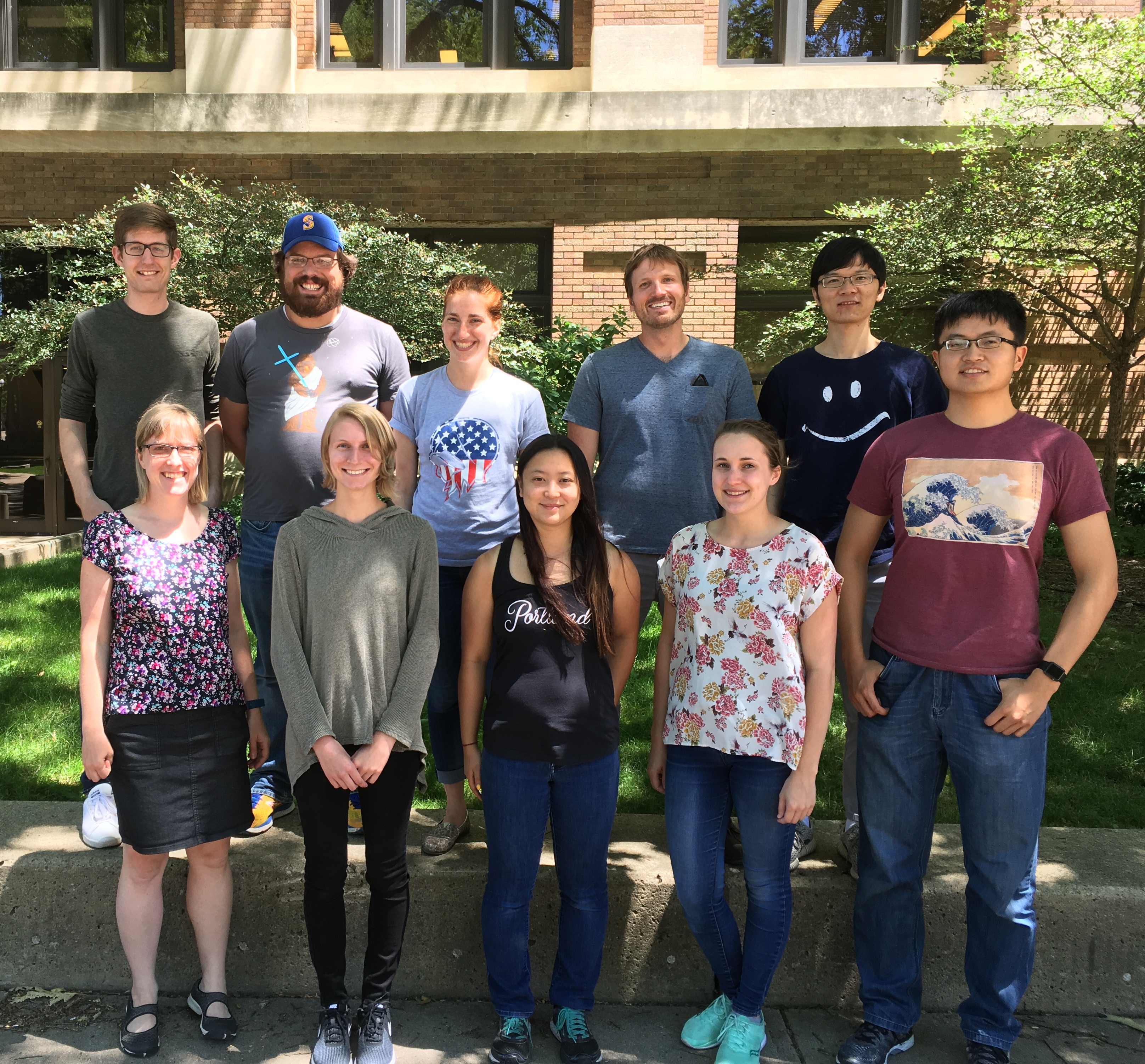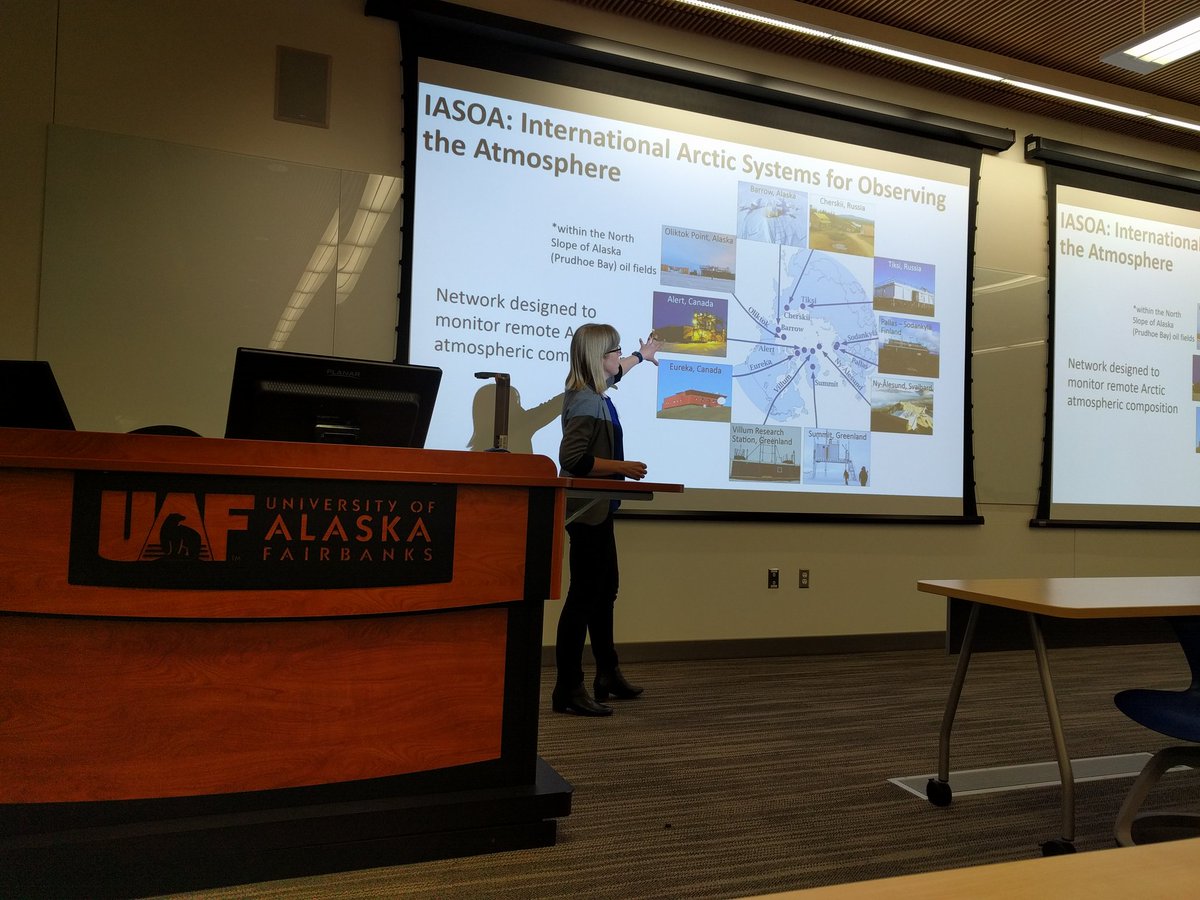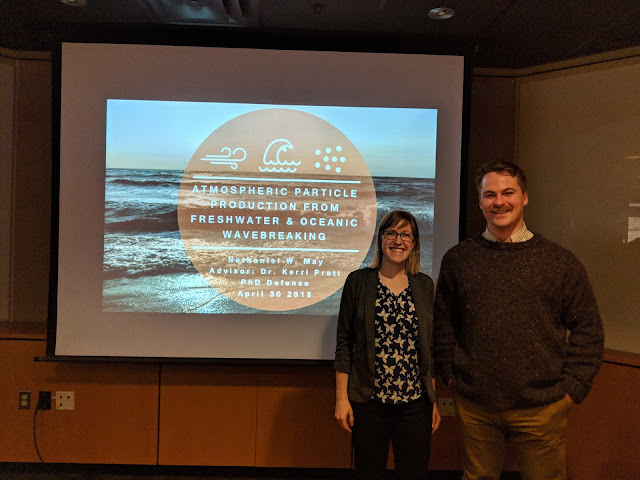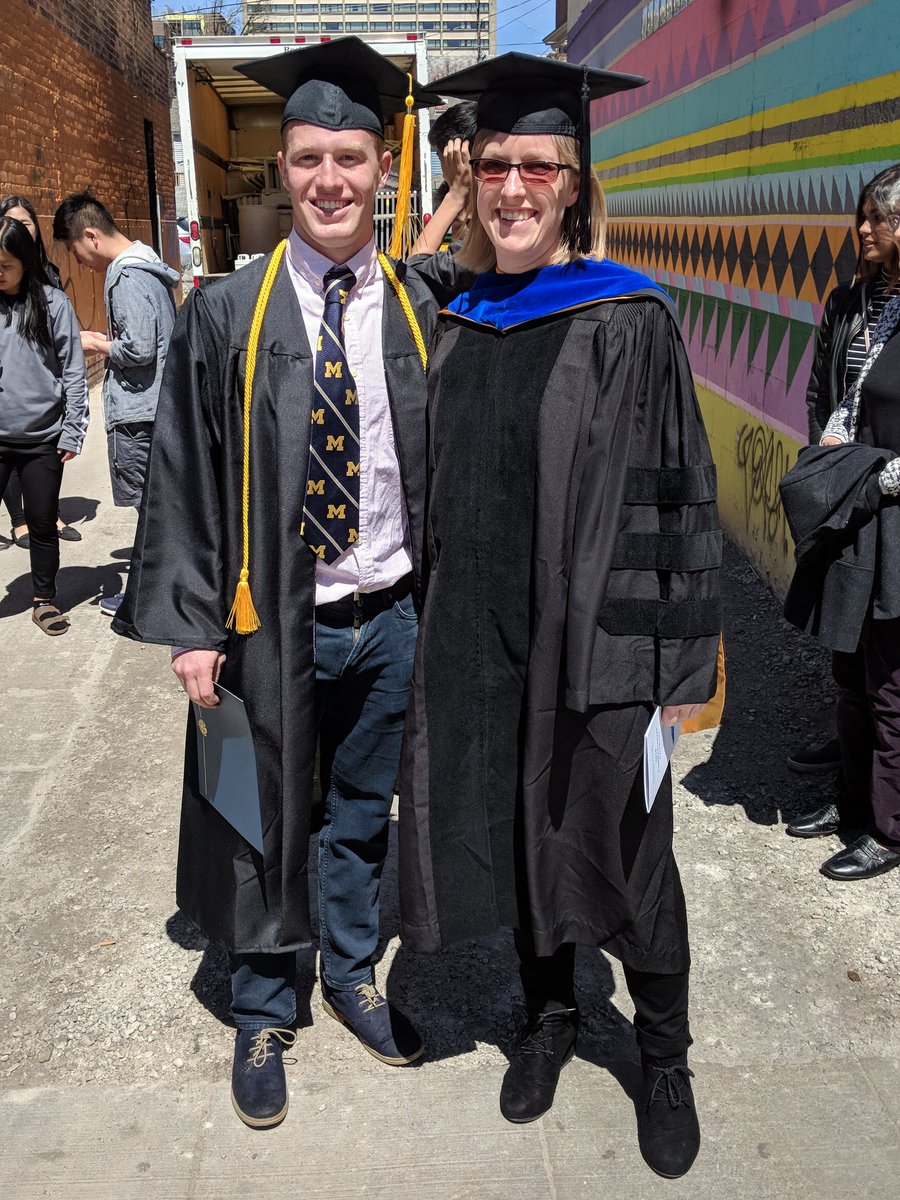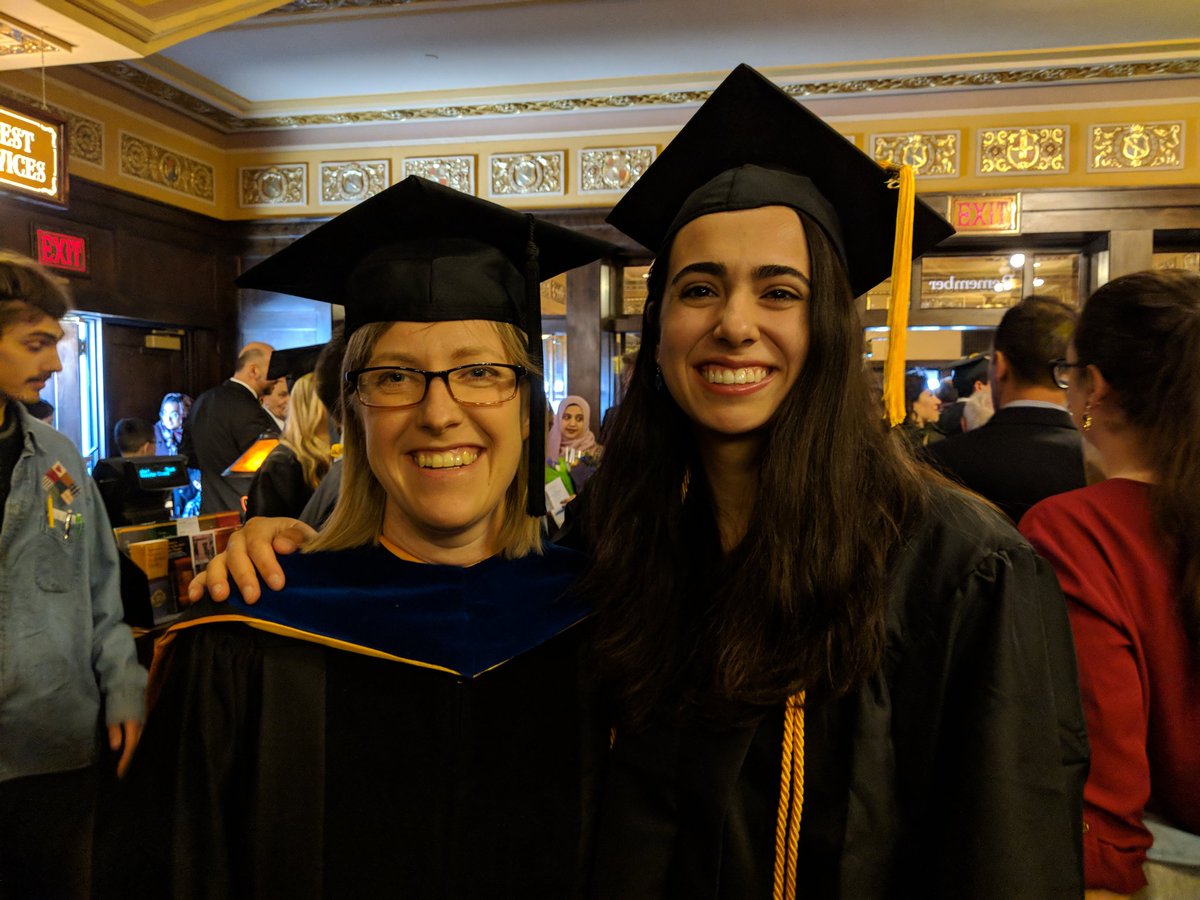56 total days in Alaska, 33 days in the dark, 12 crates of supplies, 2 days of
packing, and 1 day away from arriving home to Michigan! Please enjoy this
picture journey of the 3 hours it took to move our instruments and crates into
storage for the holidays before their transport back to Michigan:
Last day in the CakeEater Shed. Everything is packed!
We had to pack the ATOFMS in the opposite order that we
unpacked. This meant putting the ATOFMS into its crate on the street!
Picking up the crate from storage
It took 5 men to lift the ATOFMS onto a sled:
My heart stopping as I thought this was the end of the ATOFMS
The ATOFMS right before it went for a ride down 3 steps
Now we meet the crate at the side of the street.
Unfortunately for us, it’s -3oF outside and winds of 18 mph. My
phone couldn’t take it and defiantly shut itself off despite having full
battery. Luckily, all went well. We were able to make one trip and everything
made it to storage safely.
The last photo I was able to take before my phone died from the cold
3 hours later. Jun’s phone comes back alive for one last
picture:
All packed. All moved. All done!
A big THANK YOU to UIC-Science for all their help moving and
solving logistical problems along the way and the Department of Energy Early Career and ARM Programs for housing us and
funding the APUN study. We collected plenty of interesting data, and hopefully,
we’ll be able to share our findings with you all soon!
Jamy Lee, Pratt Lab PhD student









































